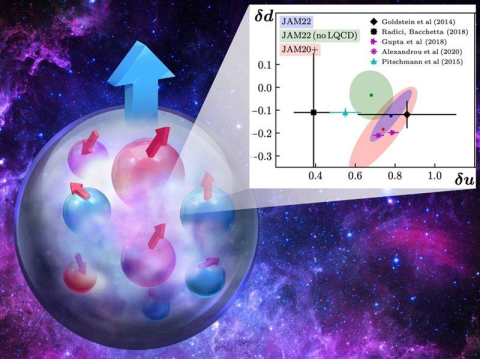
Theory and experiment combine to provide the most precise empirical extraction of the proton’s tensor charge, a fundamental property of the proton.
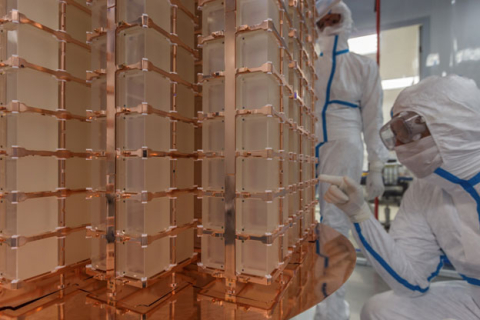
Physicists use a detector under an Italian mountain to search for rare nuclear processes to explain why our Universe has more matter than antimatter.
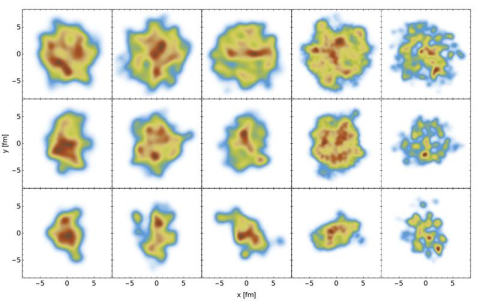
Researchers perform a global analysis of lead-lead collisions, finding that agreement with the reaction rate requires a much smaller nucleus.
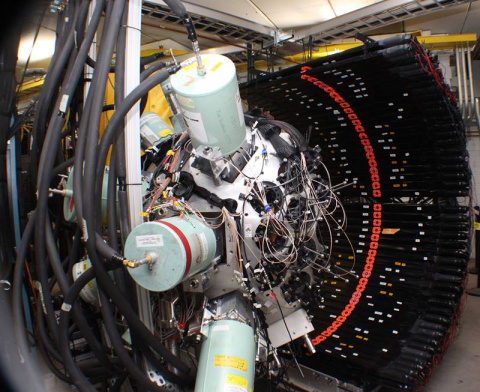
Researchers have published the results from the first experiment at the Facility for Rare Isotope Beams, measurement of 5 new half-lives, in Physical Review Letters.
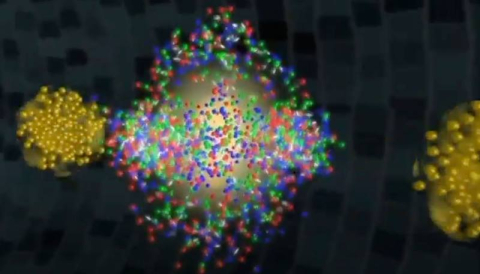
Study reveals that initial state conditions set up particle flow patterns, helping zero in on key properties of matter that mimics the early universe.
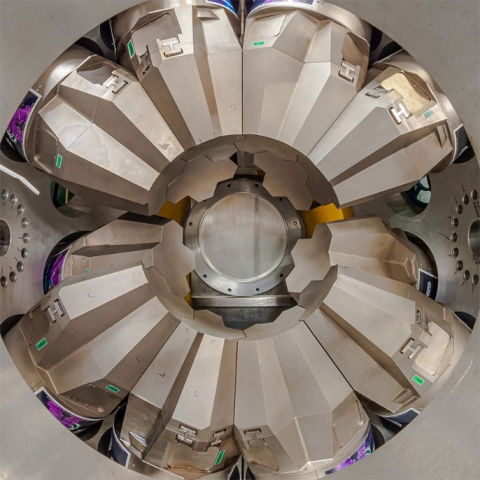
Scientists find a new approach to access unusual excited nuclear levels.
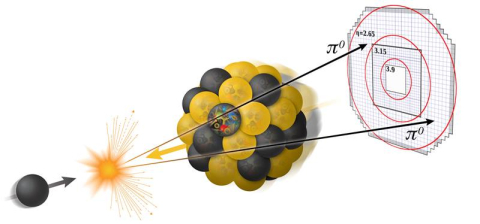
Suppression of a telltale sign of quark-gluon interactions indicates gluon recombination in dense walls of gluons.
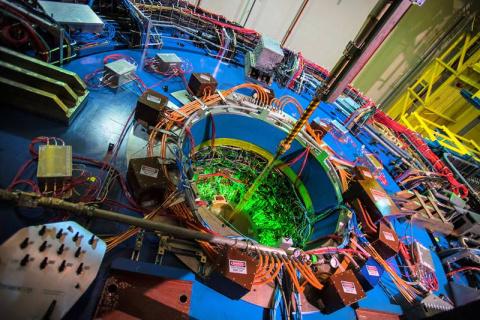
Quantum interference between dissimilar particles offers new approach for mapping gluons in nuclei, and potentially harnessing entanglement.
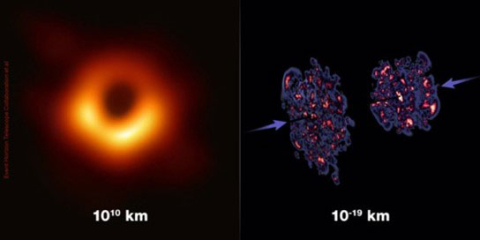
Physicists show that black holes and dense state of gluons—the “glue” particles that hold nuclear matter together—share common features.

Theorists' hydrodynamic flow calculations accurately describe data from collisions of photons with lead nuclei at the ATLAS experiment.

